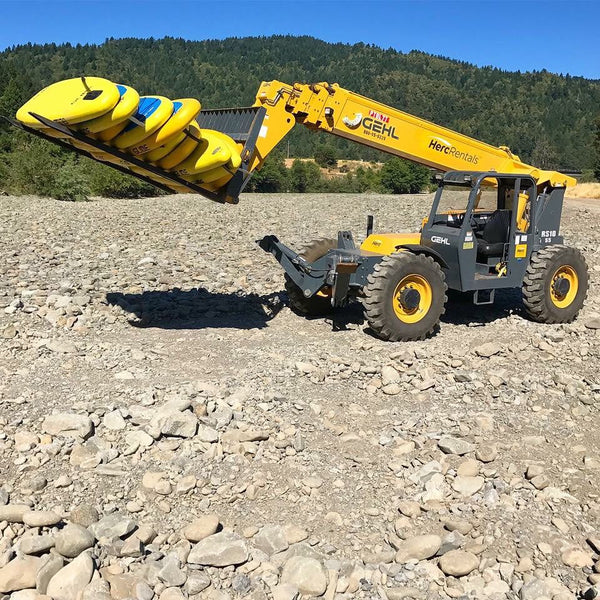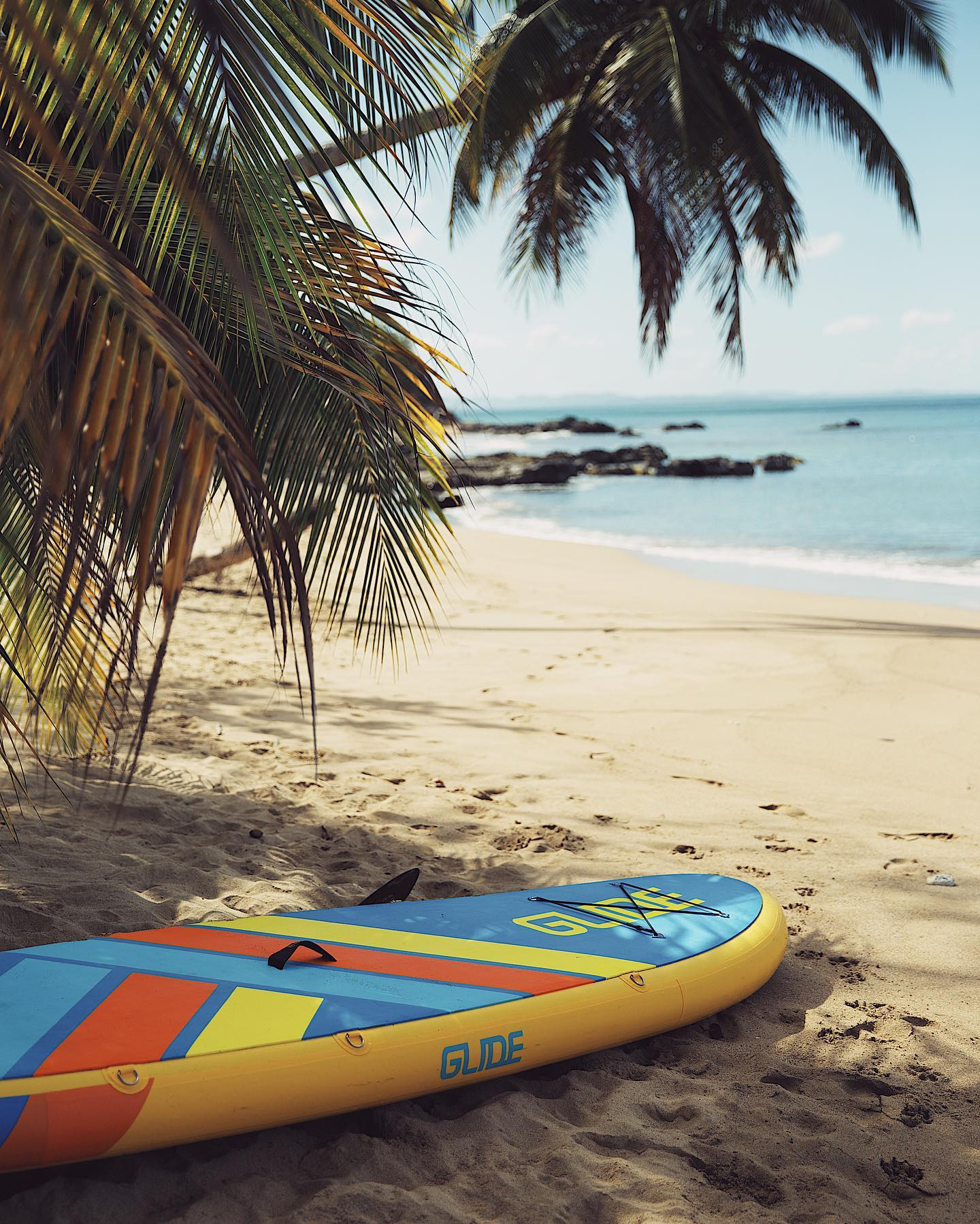
Storing Your Glide Inflatable Paddle Board: Tips for Longevity
Inflatable paddle boards, especially those from Glide, are a fantastic investment for enthusiasts of water sports, thanks to their versatility and ease of storage. However, properly storing your inflatable SUP is crucial to maintaining its performance and extending its lifespan. Here, we guide you through the best practices for storing your Glide inflatable paddle board, whether for short bursts or longer periods.
Key Highlights:
- Deciding Between Inflation and Deflation: For long-term storage, it's advisable to deflate your board to preserve the PVC material and reduce required space.
- The Deflation Process: Thoroughly clean and dry your board before deflating. Remove all accessories to prevent mold and mildew.
- Proper Rolling and Storing Techniques: Roll your board tightly from the nose and store it in a Glide carry bag to protect its shape and integrity.
- Choosing the Right Storage Location: Store your deflated board in a cool, dry place away from direct sunlight and extreme temperatures to prevent damage.
- Short-Term Storage Solutions: If storing inflated for short periods, slightly deflate in hot conditions to accommodate air expansion and avoid direct sunlight.

To Inflate or Deflate? That is the Question
For off season or prolonged storage, deflating your inflatable paddle board is advisable. Extended periods of inflation can stress the PVC material, potentially leading to stretching and air leaks. Deflating your board not only preserves the material integrity but also minimizes the storage space needed, making it a practical choice for those with limited room.
Remember, inflatable paddle boards like those from Glide are designed for easy inflation and deflation, so adjusting your board's air pressure for each outing won't compromise its quality or performance.

The Deflation Process
Before tucking your board away, ensure it's fully deflated and clean. Remove any attached fins and accessories, and give your board a gentle cleanse with a mild detergent, especially after sessions in saltwater or murky rivers. It's crucial to let your board dry entirely to prevent mold and mildew before you start deflating.
Rolling and Storing Your Board
Lay your board flat, fold it lengthwise, and start rolling from the nose. A tight roll minimizes space and protects the board's shape. Store it in its Glide carry bag or a protective cover designed for inflatable boards to shield it from dust and potential damage.
Choosing the Right Storage Spot
Select a cool, dry place away from direct sunlight to store your deflated board. Extreme temperatures can adversely affect the material, so avoid hot attics or damp basements. Ensure the storage area is free from sharp objects that might puncture the bag or the board.
Short-Term Storage Solutions
If you're in between paddle sessions, leaving your board inflated is fine, but consider the environment. In hot conditions, slightly deflate the board to accommodate air expansion and avoid direct sunlight to protect the material and color. For convenience, invest in a board rack for elevated storage, keeping your board ready and in perfect shape for your next adventure.
Sealing the Deal on Board Care
Whether you're stowing your Glide inflatable paddle board for a season or just until the next adventure, proper storage is key to its longevity. By following these guidelines, you can ensure your board remains in top condition, ready to hit the water whenever you are.
Embarking on your next paddle boarding journey with a well-maintained Glide inflatable board ensures not only the best performance on the water but also the longevity of your equipment, letting you explore with confidence and ease for many seasons to come.


